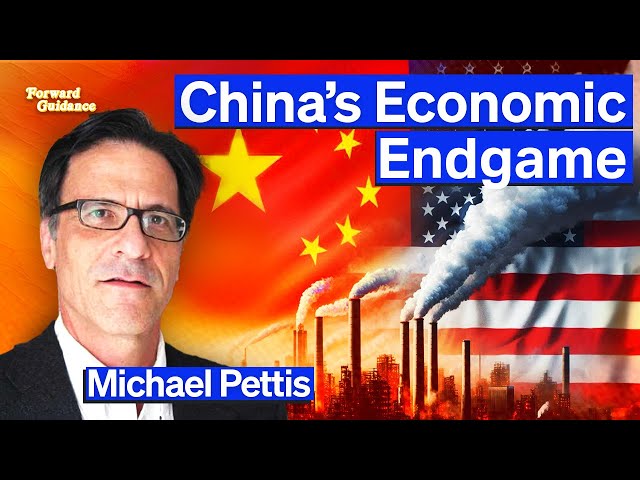Podcast Summary
In this podcast, the host welcomes Jonny Matthews, a seasoned hedge fund investor. The discussion revolves around Johnny’s investment journey, his views on the bond market, and the dynamics of the yield curve. He also shares his insights on the labor market, inflation, and the impact of interest rate hikes on the economy. The conversation further delves into the challenges of trading volatility and the changing correlations within the stock market. Johnny concludes by discussing his research note for investors and his investment performance in recent years.
Key Takeaways
Jonny Matthews’ Investment Journey and Views on Bonds
- Investment Background: Jonny Matthews started his career at Salomon Brothers and later joined Brevan Howard as a portfolio manager. He eventually began investing and trading for himself, focusing on macro research.
- Views on Bonds: Johnny was short on bonds for a while, anticipating higher 10-year treasury yields due to fiscal and monetary stimulus driving inflation and interest rates. However, he reduced his position as the trade became more volatile.
Insights on Labor Market and Inflation
- Labor Market Dynamics: Despite low initial jobless claims, continuing claims have been increasing, indicating a slowdown in hiring. However, labor demand still exceeds the supply of available workers, both in the US and other advanced economies.
- Inflation Outlook: Johnny highlights the challenge of controlling service sector inflation, with the US experiencing a high core services inflation rate. He suggests that higher rates, inflation, deficits, and long-term bond yields may be a structural shift.
Impact of Interest Rate Hikes on the Economy
- US Economy: The impact of interest rate increases on the US economy is not as significant as expected, particularly in the mortgage market, where homeowners with low-cost mortgages are not incentivized to move due to higher rates.
- European Economy: The impact of rate hikes is more pronounced in Europe, where mortgage rates are variable and shorter in duration. The European Central Bank (ECB) is unlikely to raise rates and may even consider cutting rates next year.
Challenges of Trading Volatility
- Trading Volatility: Johnny discusses his experience in trading volatility and emphasizes the importance of having a correct macro view before engaging in volatility trading. He uses options and spreads to trade volatility, taking into account the implied volatility levels and their directional view.
- Risks in Trading Volatility: Johnny highlights the risks and challenges of trading volatility and the importance of understanding the big picture and macro view. He also discusses the difficulty of identifying hidden risks in trades during good times.
Changing Correlations within the Stock Market
- Changing Correlations: Johnny highlights the changing correlations between bonds and tech stocks and the need to adjust trading strategies accordingly. He emphasizes that historic correlations can break down and that the characteristics of stocks within categories can change over time.
- Changing Composition of Sectors: Johnny mentions the changing composition of sectors within stock indices and the potential pitfalls of relying on historical correlations.
Sentiment Analysis
- Bullish: Johnny expresses a bullish sentiment towards the US economy, citing excess savings as a source of strength. He also believes that the equity market will not experience a meltdown, despite high valuations.
- Bearish: Johnny expresses a bearish sentiment towards bonds, suggesting that investing in fixed income, particularly Treasury inflation-protected securities (TIPS), may be a better option. He also acknowledges the challenges faced by the European economy, with signs of stagnation and patchy growth.
- Neutral: Johnny maintains a neutral stance on the Japanese economy, acknowledging its demographic challenges and limited labor supply. He also discusses the uncertainty surrounding the Chinese real estate market and its potential impact on the banking sector.












